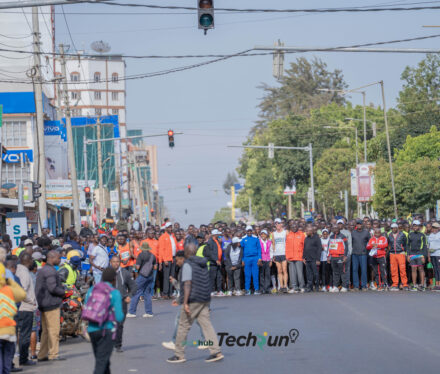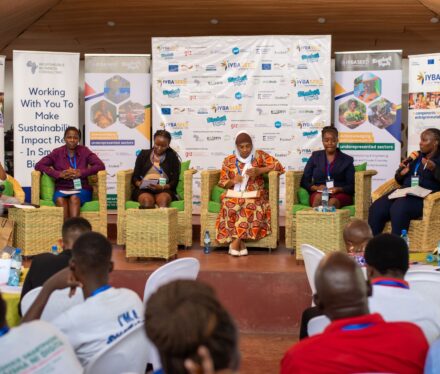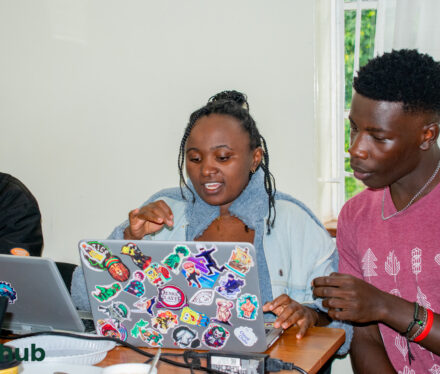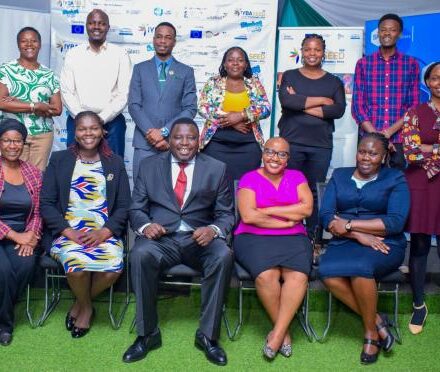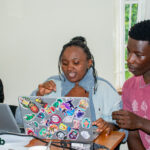Women are the largest untapped reservoir of talent in the world- Hillary Rodham Clinton
Introduction
The manufacturing and engineering sectors in Kenya contribute about 7-10% of the national Gross Domestic Product (GDP) underscoring their importance to the economic growth of the country. Kenya’s economic blueprint, Vision 2030, plans to increase this contribution to 15% in the next five years. One possible way to achieve this growth is by increasing the number of women and youth (15–34 years old) actively involved, leveraging their effort and sheer scale, accounting for over 70% of the population, that is not as prevalent among men who have traditionally dominated these sectors.
Current Inclusion Efforts
Besides the broad entrepreneurship promotion programmes targeting women and youth, there are specific efforts to increase entrepreneurship in manufacturing and engineering for these two significant demographic groups. Here are some interesting initiatives charting a way forward:
Kenya Association of Manufacturers (KAM) runs the Women in Manufacturing programme, which offers networks, mentorship, technical training, and policy advocacy. The programme also fetes successful female entrepreneurs with the 2025 overall Woman Industrialist of the Year awarded to Anne Musangi.
Various organisations such as the International Centre for Research on Women (ICRW) and Kenyatta University (KU WEE Journal) publish studies that highlight gender gaps and inclusion strategies in manufacturing and engineering.
National Youth Service (NYS) and Technical & Vocational Training (TVETs) train women and youth in various courses like engineering and manufacturing. They have developed strategies to increase female enrolment, such as creating gender-responsive learning environments, which have partly boosted enrolment by 10–22% in engineering disciplines.
Some private organisations, such as Strathmore University and Entrepreneurship Support Organisations (ESOs) such as Nakuru Box, WiseHub and Eldohub offer training and mentorship to women and youth spurring entrepreneurship in key counties and regions of Kenya.
Development organisation programmes such as IYBA-SEED support and fund women and youth entrepreneurship programmes that include manufacturing and engineering
National and county government entrepreneurship support programmes such as Women fund and Youth Fund target women and youth in manufacturing and engineering.
Together, these organisations and their initiatives provide a much needed framework for inclusion—but more localised and county-led acceleration is needed to include this majority demographic into manufacturing and engineering as key development sectors. At a national and county level, shaping targeted pathways for women and youth entrepreneurship needs to be guided by concrete data; e.g. manufacturing and engineering sector data at a county level, education data of these demographics in tertiary education into manufacturing and engineering, etc., to ensure effective strategies are initiated and implemented.
Key Statistics On Women and Youth Underrepresentation in the Sectors
The positive side
The population of adult women (above 18 years) in Kenya stands at about 20 million while male youth (18-35 years) stand at about 6 million.
Women-owned MSMEs comprise 20% of Kenya’s GDP.
62.2% of Kenyan women are actively involved in the labour force compared to the global and sub-Saharan averages of 50% and 40% respectively.
80% of women completed secondary school and men at 82.2% and nowadays, more girls than boys transitioned from primary to secondary school.
Number of females training for engineering/manufacturing/construction jumped from 1.8% in 2020 to 19.5% in 2022.
80% of youths in a survey are interested in entrepreneurship
The negative side
Just 17 % of Kenya’s formal manufacturing workforce are women, rising by only 1 percentage point between 2018 and 2019 (from 16 % to 17 %)
Only 2 out of every 100 women get training in engineering, manufacturing, or construction, compared to 6 out of 100 men.
Most women-owned manufacturing businesses are micro, small and medium enterprises (MSME) and operate in the informal sector.
Kenya’s youth unemployment stands at 67% compared to the national average of 12.7% (FKE)
How to Promote More Women & Youth Involvement in Manufacturing & Engineering
Scholars and experts on women and youth affairs recommend various strategies to meet Goal 5 and 10 (gender equality & reduced inequalities) of the Sustainable Development Goals (SDGs) specifically in the manufacturing and engineering sectors. Below is a summary of the 7 major ones:
Make it easier and cheaper for women and youth to study engineering in NYS and TVET
Integrate entrepreneurial training in engineering and manufacturing curricula to bridge skill gaps.
Connect prospective entrepreneurs with role models in engineering for mentorship and sharing their stories to break stereotypes
Provide adequate business development services including funding and training
Mainstream gender analysis into manufacturing and engineering practices and policies
Promote STEM subjects in schools for women and youth through scholarships and affirmative action.
Empower youth-led and women-led manufacturing start-ups through incubators such as Nakuru Box, WiseHub and Eldohub. For example, Eldohub has trained over 30 female entrepreneurs and offered mentorship opportunities to over 400 entrepreneurs. Also, Wisehub and Nakuru Box run multiple training and mentorship programmes for youth and women entrepreneurs on various skills.
Deliver awareness campaigns to challenge norms and embrace positive masculinity to support women.
Concluding Call to Action
Enabling more women and youth to join manufacturing and engineering ensures Kenya’s economic growth and job creation. By combining targeted education, training, entrepreneurial support, and fighting cultural stereotypes, Kenya can increase the number of women and youth entrepreneurs in manufacturing and engineering to readily achieve its development ambitions.


